Community education and outreach are vital components of a fire department’s mission to protect and serve the public. Here’s how a fire department can effectively engage in community education and outreach:
1. Fire Safety Education Programs
- School Visits: Regular visits to local schools to teach children about fire safety, including the importance of smoke detectors, fire drills, and what to do in case of a fire.
- Community Workshops: Offer workshops for different age groups and demographics, covering topics like fire prevention, emergency preparedness, and the proper use of fire extinguishers.
- Fire Safety Seminars: Organize seminars for businesses and community organizations focusing on fire prevention in commercial spaces.
2. Smoke Detector Installation and Maintenance
- Free Smoke Detector Programs: Partner with local organizations to offer free smoke detectors to low-income households.
- Installation Assistance: Provide assistance to residents in installing and maintaining smoke detectors.
- Smoke Detector Awareness Campaigns: Run campaigns to remind the community of the importance of functional smoke detectors, including regular battery checks.
3. Emergency Preparedness Training
- CPR and First Aid Classes: Offer regular CPR and first aid training sessions to equip the community with life-saving skills.
- Disaster Preparedness Workshops: Educate the public on how to prepare for various emergencies, including fires, floods, and earthquakes.
- Community Emergency Response Team (CERT) Training: Develop a CERT program to train volunteers in disaster response, including basic fire suppression, search and rescue, and medical operations.
4. Fire Station Open Houses
- Tours and Demonstrations: Invite the community to tour the fire station, meet firefighters, and see fire equipment in action.
- Interactive Activities: Set up interactive stations where participants can practice using a fire hose, learn about firefighting gear, and explore fire trucks.
- Safety Information Booths: Provide booths with brochures and information on various safety topics, such as home fire escape planning and wildfire prevention.
5. Public Awareness Campaigns
- Social Media Engagement: Use social media platforms to share fire safety tips, promote events, and provide real-time updates during emergencies.
- Seasonal Safety Messages: Disseminate safety messages tailored to specific times of the year, such as holiday cooking safety or wildfire prevention during dry seasons.
- Collaborations with Local Media: Partner with local TV, radio stations, and newspapers to spread fire safety messages and public service announcements.
6. Community Partnerships
- Schools and Universities: Collaborate with educational institutions to integrate fire safety into their curricula and activities.
- Local Businesses: Work with businesses to improve their fire safety protocols and offer fire extinguisher training to employees.
- Non-Profit Organizations: Partner with local non-profits to reach vulnerable populations, such as the elderly or disabled, with tailored fire safety education.
7. Youth Programs
- Junior Firefighter Programs: Create programs that allow young people to learn about firefighting, fire safety, and leadership skills.
- Fire Cadet Programs: Offer high school students the opportunity to participate in a more formal training program, potentially leading to a career in firefighting.
8. Wildfire Prevention Outreach
- Community Fire Breaks: Educate communities in wildfire-prone areas about creating defensible spaces and reducing fire hazards around their properties.
- Wildfire Readiness Drills: Organize community drills to prepare residents for wildfire evacuation and safety procedures.
9. Fire Safety Audits
- Home Safety Inspections: Offer free or low-cost fire safety audits for homeowners to identify potential hazards and recommend improvements.
- Commercial Fire Safety Audits: Provide businesses with fire safety audits to ensure compliance with fire codes and regulations.
10. Volunteer Recruitment and Training
- Volunteer Programs: Develop and promote volunteer opportunities within the fire department, such as auxiliary support roles or community educators.
- Training Sessions: Provide volunteers with comprehensive training on fire safety, public speaking, and community engagement.
11. Feedback and Continuous Improvement
- Community Surveys: Conduct surveys to gather feedback from the community on existing programs and identify areas for improvement.
- Program Evaluation: Regularly evaluate the effectiveness of outreach initiatives and adjust strategies based on community needs and feedback.
By implementing these strategies, a fire department can strengthen its connection with the community, enhance public safety, and foster a culture of preparedness and prevention.
